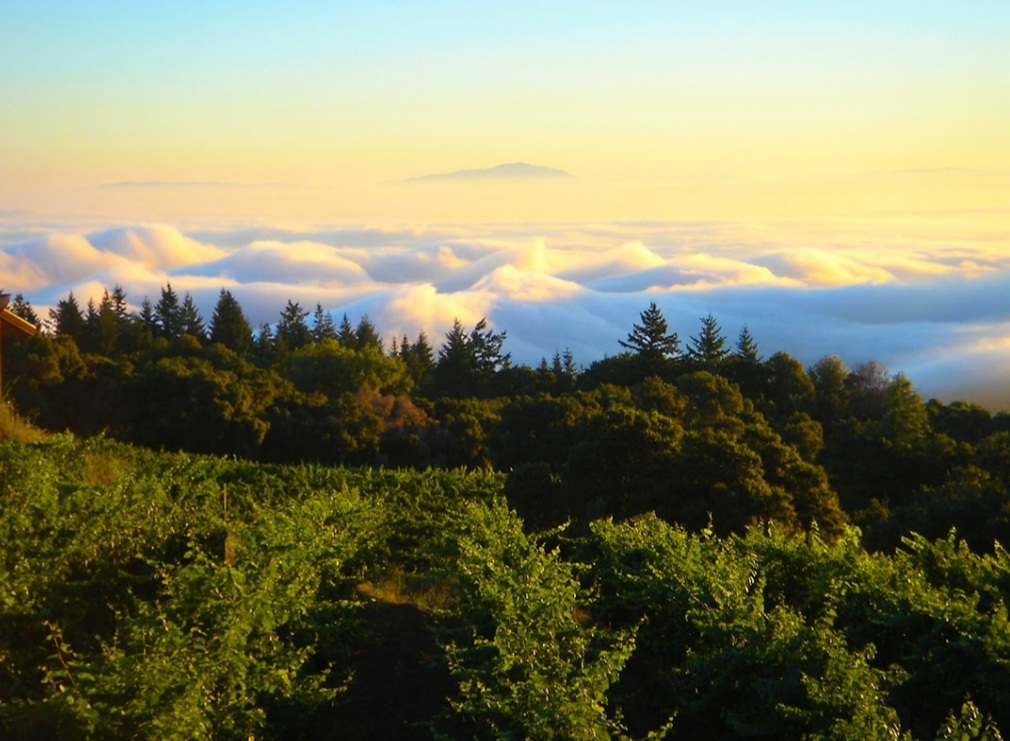The Wolf Post offers a professional service with free access, without subscription.
For this reason, a donation would also be a sign of appreciation for our work.
The Santa Cruz Mountains wine region has played a pivotal role in the history of California winemaking since the 1870s, when Paul Masson and Charles Lefranc planted the first vines from transplanted cuttings from Burgundy.
Recognized as an AVA in 1981, it is the first California appellation to be defined by its mountainous topography. Today, the winegrowing community includes nearly 300 small growers and wineries.
The region is planted with approximately 1300 acres of wine grapes, split evenly between Pinot Noir, Cabernet Sauvignon, Chardonnay, and “Other Varieties” (particularly Merlot and Zinfandel). The wines come from small, high-altitude vineyards surrounded by native redwood and chaparral trees, growing on an ancient seabed overlooking the Pacific Ocean. These growing conditions give the wines a distinct regional identity, characterized by fresh flavours, bright fruit and minerality. Active advocates of sustainable wine grape cultivation, the wineries have been observing best practices for vineyard sustainability for decades. Let’s find out more from the words of Keikilani McKay, Executive Director of the Santa Cruz Mountains Winegrowers Association.
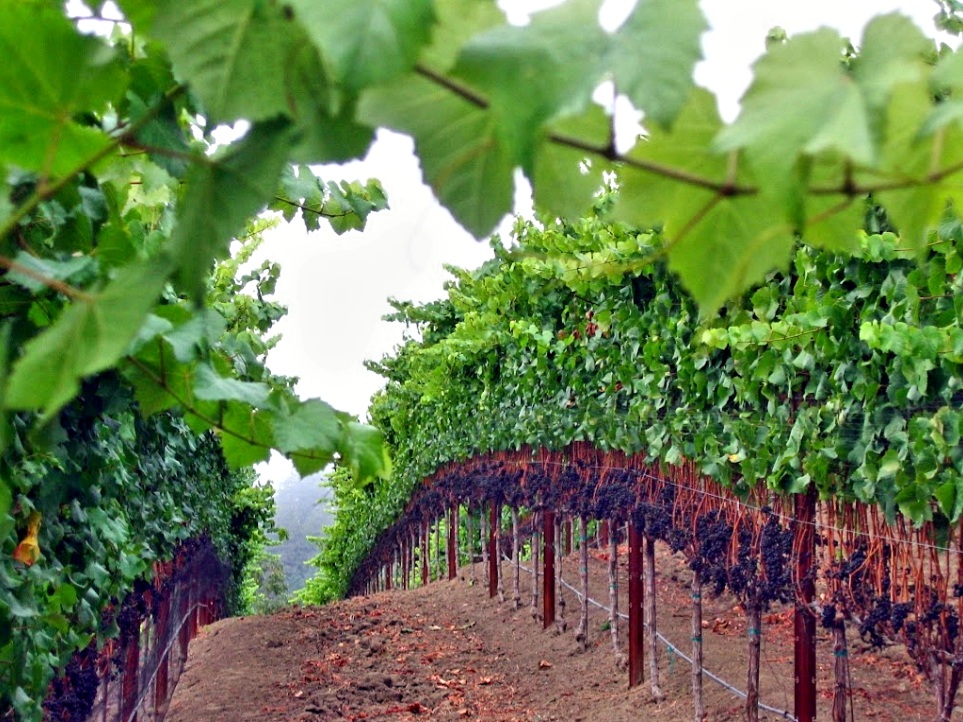
©Bailey’s Branciforte Ridge Vineyard Pinot Noir-Wines of the Santa Cruz Mountains
What are the peculiarities of the territory and its wines?
Located on the Central Coast of California and known as the region with ‘mountain wines and elevated vines,’ the Santa Cruz Mountains AVA has countless unique features that distinguish it from any other region in the world – including being the coolest Cabernet Sauvignon-producing AVA in California. The rugged terrain of the region is enough to deter the dispassionate vigneron from making any attempts at producing wine here – so much so that less than 0.4% of the AVA’s territory is under vine.
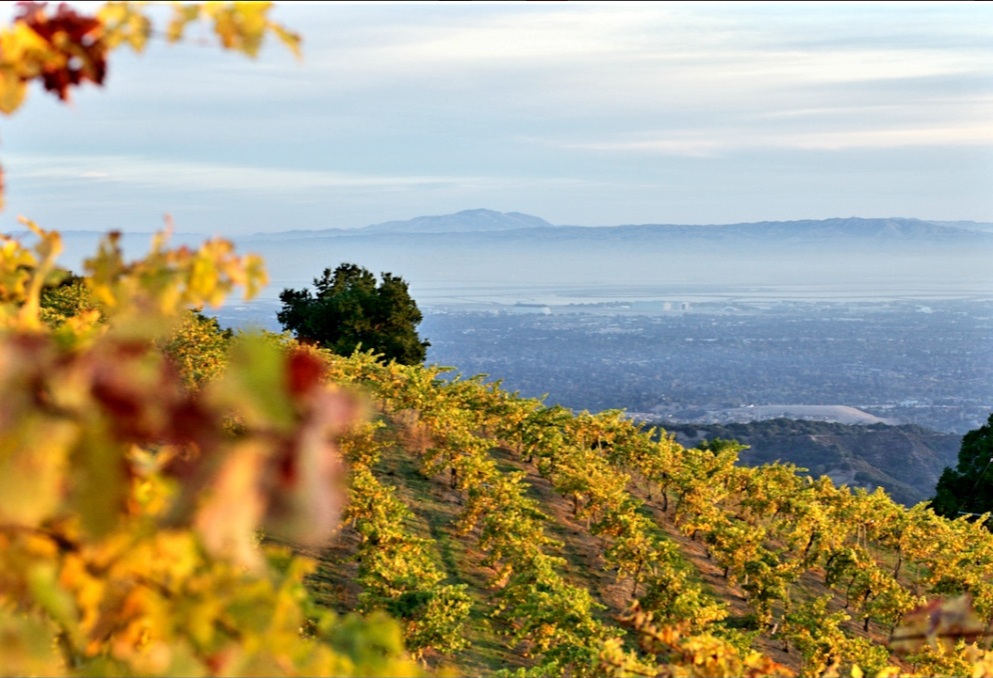
©SCMWA views-Wines of the Santa Cruz Mountains
Steep mountains covered in native chaparral on one side and redwoods on the other give way to jutting coastlines shaped by the marine influences that so impact the distinct flavor profiles of the region’s wines. The first California AVA to be defined by its fog line and altitude, the Santa Cruz Mountains are host to various meso- and micro-climates that demand both innovation and respect for ancient practices by its producers. In a region that produces premium wines, the winemakers of the region are welcoming and down-to-earth.
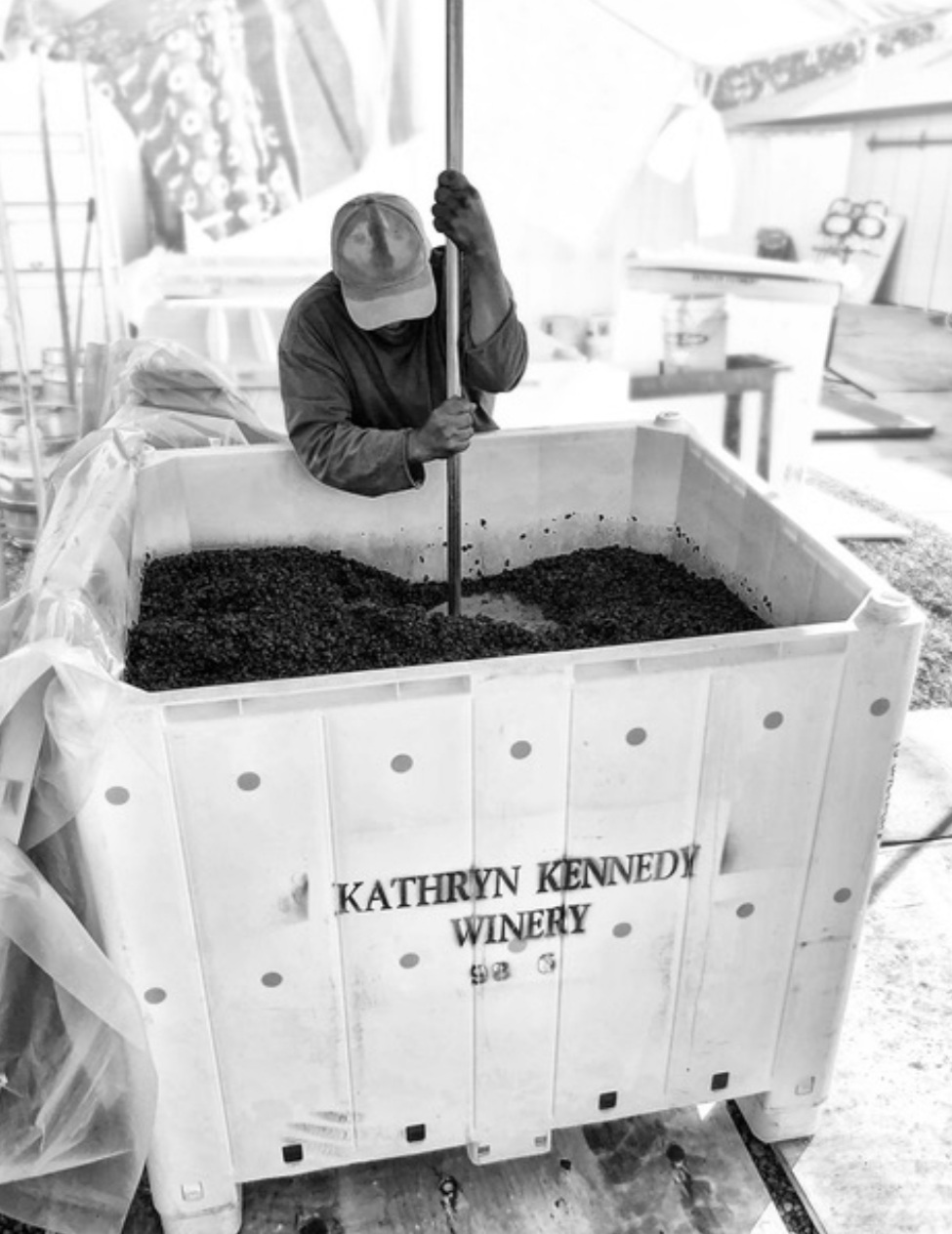
©K. Kennedy Winery-Wines of the Santa Cruz Mountains
Can you briefly describe the areas of cultural and wine tourism interest of the Wine Region?
From a wine culture perspective, the region can lay claim to helping to put California wine on the map back in 1976 at The Judgement of Paris, when Ridge’s 1971 Monte Bello Cabernet Sauvignon placed 5th in the tasting. Many estates in the region have legendary status, including Ridge Vineyards and Mount Eden Vineyards, requiring reservations and an adventure merely to reach their peaks, and others offer their wines in tasting rooms in downtown Saratoga for the time-pressed traveller. Today, visitors are advised to select a sub-region for visitation, or otherwise pop into one of the region’s downtown tasting rooms for sips.
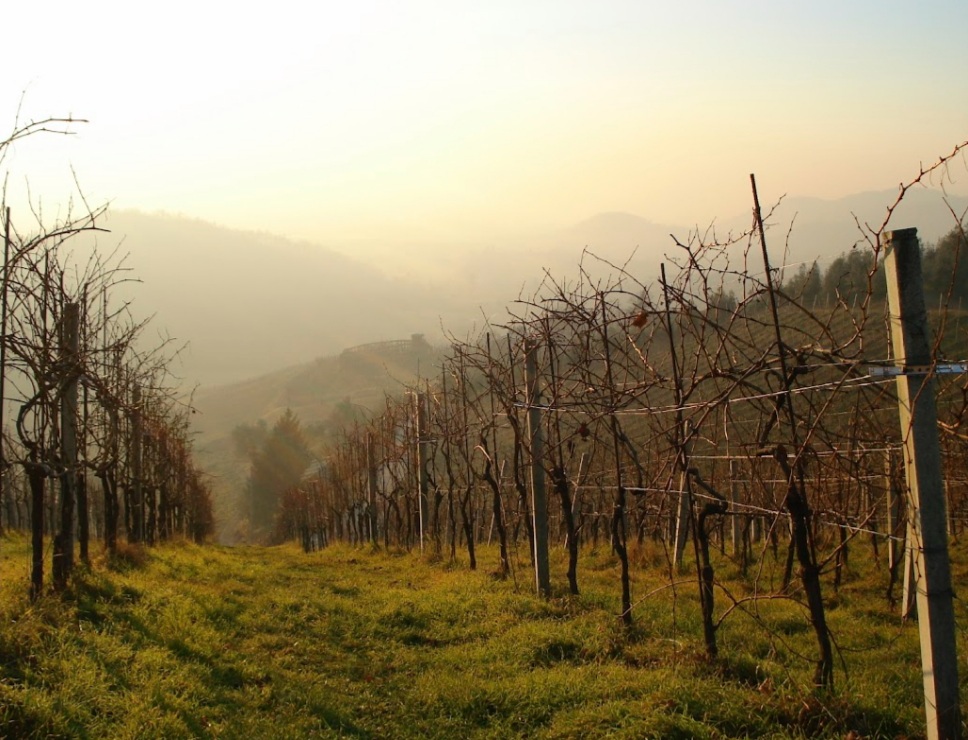
©Passport- Jan-Wines of the Santa Cruz Mountains
How many wineries are there in your Region and what type of wines are produced?
The Santa Cruz Mountains AVA is home to 75 wineries. While many grapes are planted here, the dominant varieties are cabernet sauvignon (produced further inland in the AVA), and chardonnay and pinot noir (produced a bit closer to the coast), all planted with equal measure. Speckled plantings of merlot, zinfandel, syrah, grüner veltliner, and others more than hold their own here as well. In all, these 75 wineries produce around 250,000 cases each year.
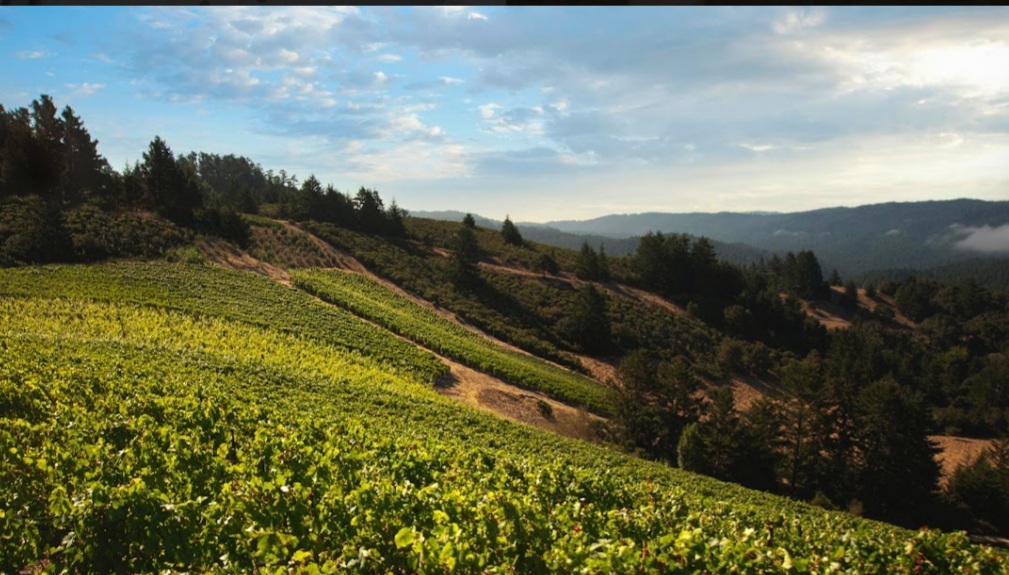
©Rhys Vineyard Background Image-Wines of the Santa Cruz Mountains
What are the most important events concerning the wines of your region planned for 2023?
The signature events of the Santa Cruz Mountains AVA are the Celebration Days as part of the Passport Program, taking place on Saturday, May 20 and Saturday, October 21. With the Santa Cruz Mountains Wine Passport, guests can gain access to dozens of sweeping vineyards, enjoy a complimentary tasting flight at over 35 participating wineries, and take part in exclusive events and promotions throughout the year. This exclusive pass offers invitations to specialty tasting experiences, including these Celebration Days, during which Passport holders can indulge in special flights and entertainment to food trucks and more. Passes are available for purchase at winesofthesantacruzmountains.com/events/passport. The region’s Taste of Terroir Dinner Series is another yearly highlight and features a lineup of specialty dinners alongside award-winning wines from the AVA. For more information or to purchase tickets, those interested can visit https://winesofthesantacruzmountains.com/2023-taste-of-terroir-dinner-series/
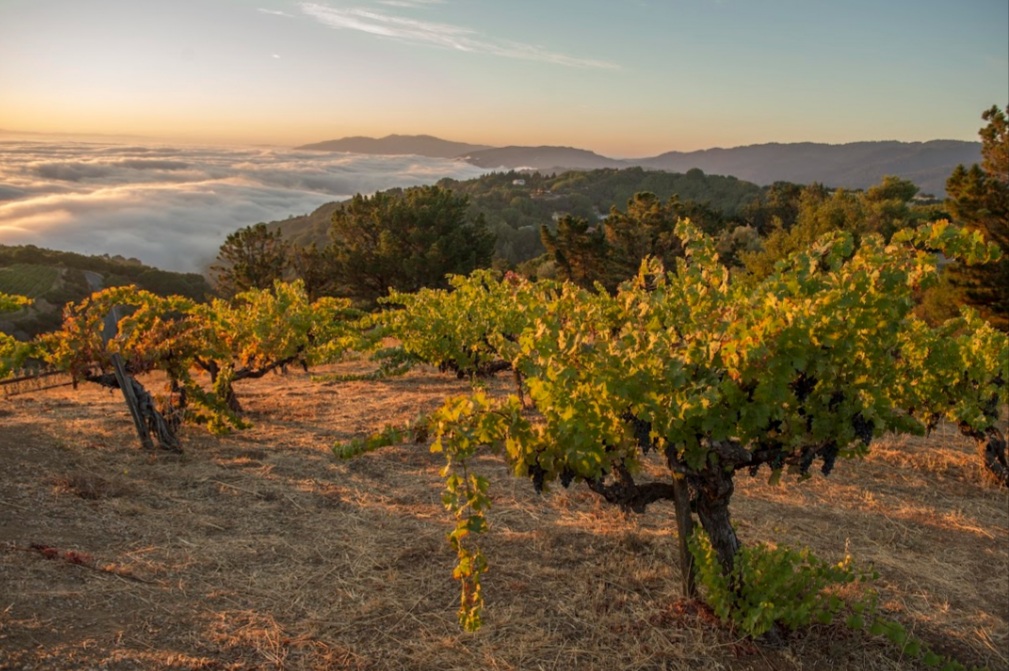
©Ridge by Robert Holes-Wines of the Santa Cruz Mountains
Why are the wines of the Santa Cruz Mountains region so special?
The common denominators of the wines of the Santa Cruz Mountains are their subtlety, elegance, and unrelenting freshness and complexity – all made by small producers who care. There are no “hulking wineries” here. It is a region that demands passion. Whether pinot noir or chardonnay, wines here are alive. They have verve. They have personalities. Chardonnays reveal layered textures with flavors reminiscent of Chablis, pinot noir is nuanced, earthy, and lip-smacking, and cabernet sauvignon paints itself with sappy, juicy, and woodsy elements that whisper of the native flora that surrounds the vines. Winemakers in the AVA listen to the vines and it shows in the superior quality of each bottle.


